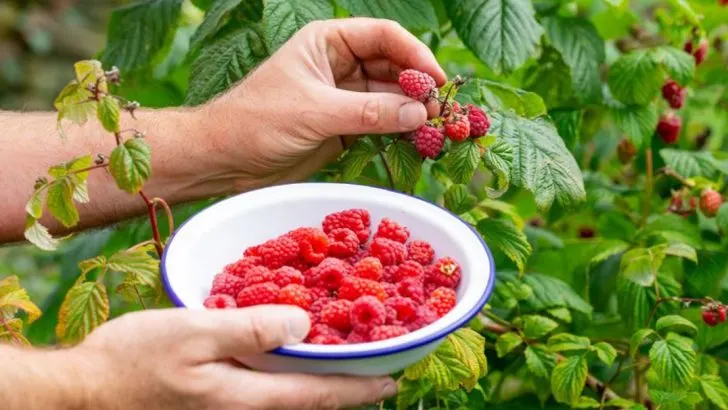Growing juicy, flavorful raspberries at home is easier than you think—if you know the right tricks! With proper care, your raspberry plants can produce bigger, sweeter berries year after year.
In this article, we reveal 14 secrets to growing raspberries at home for maximum harvests. From choosing the best varieties and soil preparation to pruning techniques and watering tips, these expert strategies will help you enjoy an abundance of homegrown raspberries. Get ready to fill your garden (and your kitchen) with delicious, sun-ripened berries straight from the vine!
Choose the Right Variety
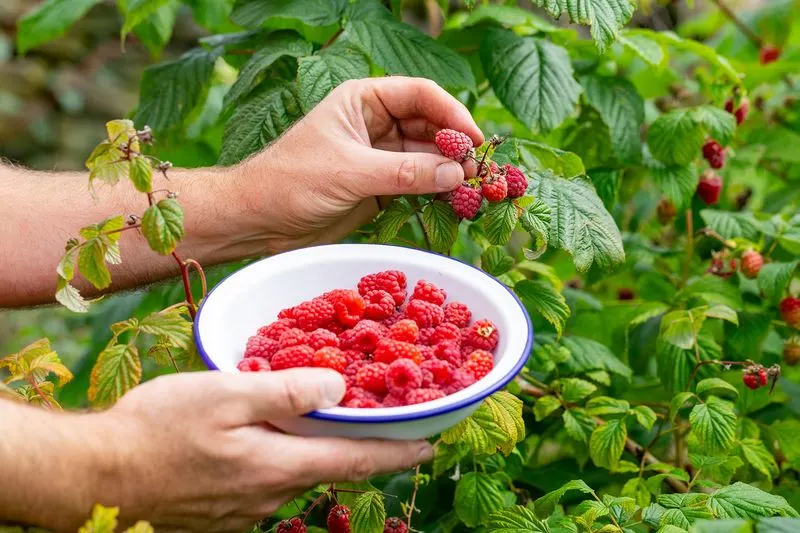
Selecting the ideal raspberry variety can significantly influence your harvest. Each type has unique requirements for climate, soil, and care. Consider your region’s climate to choose a variety that thrives locally. Some varieties are better suited for colder climates, while others flourish in warmer areas. Additionally, factor in the space available in your garden, as some bushes grow larger than others. By taking these aspects into account, you can ensure a fruitful and abundant raspberry harvest in your home garden.
Proper Soil Preparation

Ensuring your soil is well-prepared lays the foundation for healthy raspberry plants. Raspberries thrive in well-draining, fertile soil with a pH level between 5.5 and 6.5. Before planting, incorporate organic matter like compost to enrich the soil. This not only provides essential nutrients but also improves its structure. Regularly testing the soil pH can help maintain optimal conditions for growth. By dedicating time to soil preparation, you set your raspberry plants on the path to success, leading to more robust growth and bountiful yields.
Optimal Planting Time

Timing your planting can influence the growth and health of your raspberries. The best time to plant is during early spring or late fall when the weather is cool, and the plants are dormant. This allows the roots to establish themselves without the stress of heat. Consider your local climate to decide the exact timing, ensuring the plants have enough time to settle before extreme temperatures. By choosing the optimal planting time, you give your raspberries a head start in their growth cycle.
Proper Spacing of Plants

Giving your raspberry bushes enough space is crucial for their development. Proper spacing allows for adequate air circulation, reducing the risk of diseases. Aim for about 18 to 24 inches between each plant and between 6 to 8 feet between rows. This spacing not only supports healthy growth but also makes harvesting easier. With the right spacing, you can enjoy healthier plants and more abundant harvests, as each bush has the room to flourish without competition for resources.
Regular Watering Routine
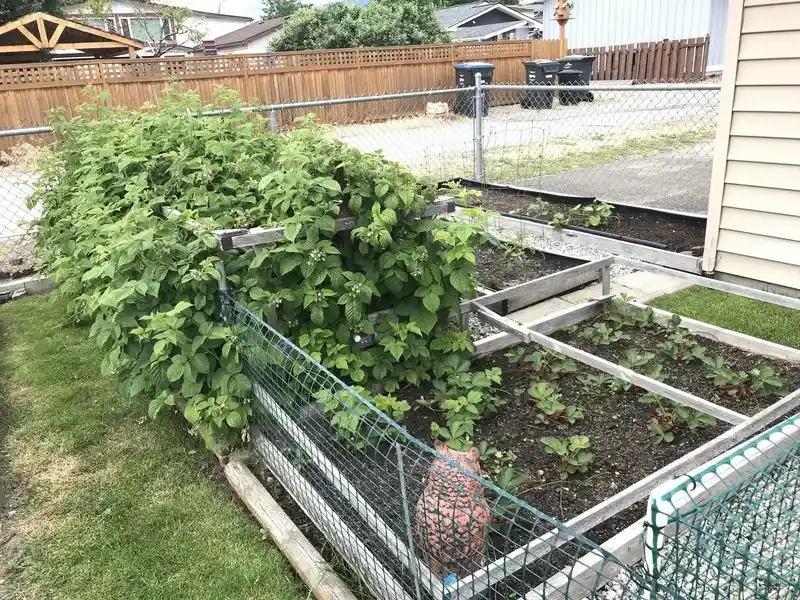
Consistent watering is vital for raspberry plants, especially during dry spells. Ensure the soil remains moist but not waterlogged, as overwatering can lead to root rot. Using mulch can help retain moisture and reduce evaporation. Establishing a regular watering routine, particularly in the early morning or late afternoon, can prevent water stress. By keeping your raspberries properly hydrated, you promote healthy growth and maximize your harvest potential.
Mulching for Moisture Retention
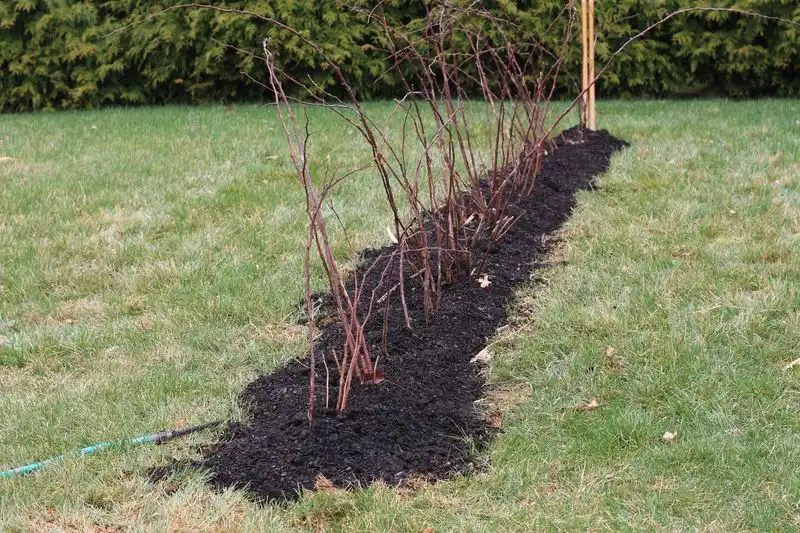
Mulching is a simple yet effective way to keep raspberry plants healthy. By applying a layer of organic mulch, such as straw or wood chips, you help retain soil moisture and suppress weeds. This protective layer also regulates soil temperature, ensuring the roots remain cool during hot weather. Additionally, as the mulch breaks down, it adds nutrients back into the soil. Regularly replenishing the mulch throughout the growing season can enhance plant vigor and boost your raspberry yields.
Fertilizing for Growth

Providing the right nutrients is essential for robust raspberry growth. Fertilize your plants in early spring with a balanced fertilizer, rich in nitrogen, phosphorus, and potassium. This encourages strong root development and abundant fruiting. Avoid over-fertilizing, as it can lead to excessive vegetative growth at the expense of fruit production. Monitoring your plants’ nutrient needs and adjusting the fertilizer accordingly can lead to healthier, more productive raspberry bushes.
Pruning Techniques
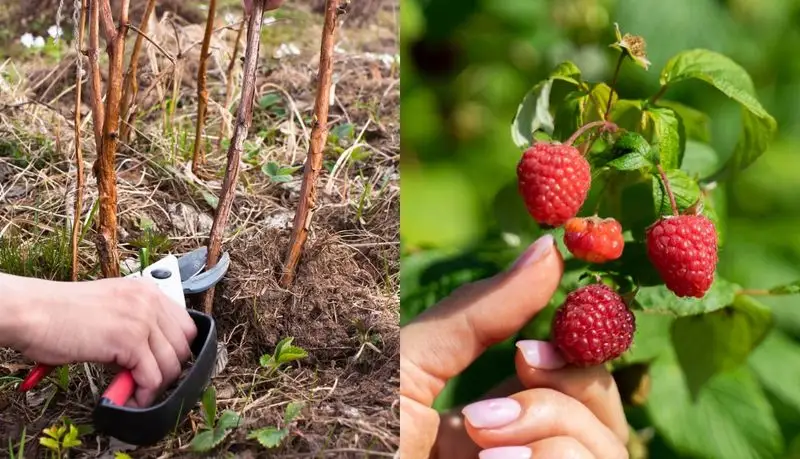
Pruning is a key practice in raspberry care, promoting healthy growth and fruit production. Remove any dead or diseased canes in late winter or early spring before new growth starts. This prevents the spread of disease and encourages stronger canes to produce fruit. Regular pruning throughout the growing season helps maintain plant shape and improves air circulation. By mastering pruning techniques, you can ensure a more fruitful raspberry harvest each year.
Pest and Disease Management
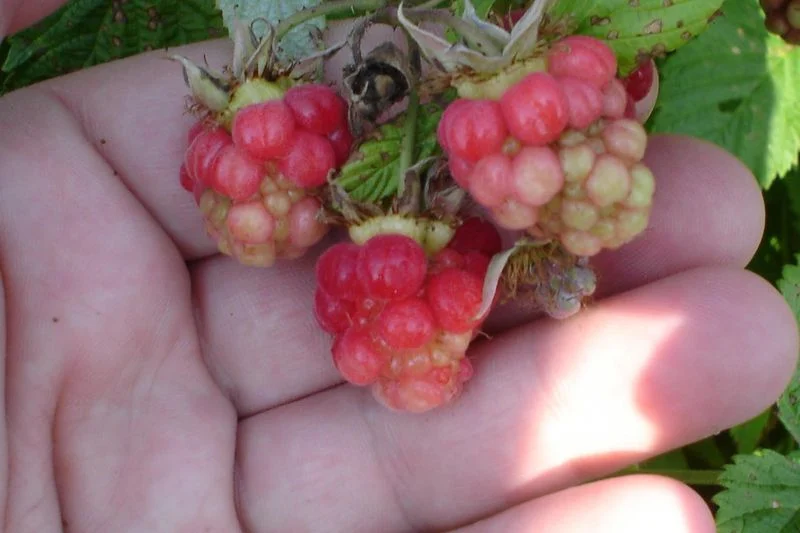
Keeping a watchful eye on your raspberry plants can protect them from pests and diseases. Regularly inspect the leaves and canes for any unusual signs, such as discoloration or holes. Employ organic pest control methods, like introducing beneficial insects or using neem oil, to manage infestations. Early detection and intervention can prevent severe damage and promote healthier plants. Implementing a proactive management strategy ensures your raspberry harvest remains bountiful and disease-free.
Training and Support

Supporting your raspberry canes with a trellis system encourages vertical growth and maximizes space. This method not only keeps the canes upright but also improves air circulation, reducing the risk of fungal infections. Use garden twine or soft ties to gently secure the canes to the trellis. Training your raspberries to grow vertically can lead to a more organized and productive garden. With proper support, you’ll enjoy easier harvesting and healthier plants.
Monitor Sunlight Exposure
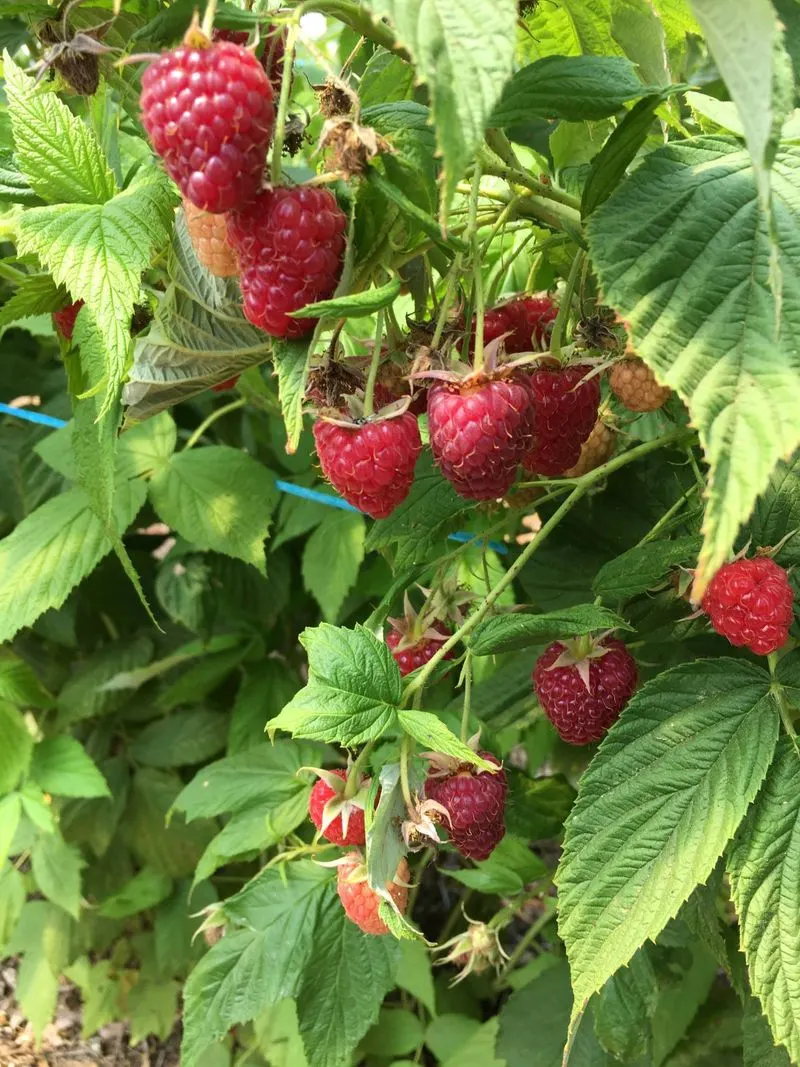
Raspberries thrive in full sunlight, which is crucial for their growth and fruiting. Ensure the plants receive at least six to eight hours of direct sunlight each day. If your garden has shaded areas, consider adjusting the planting location to maximize sun exposure. Monitoring the sunlight your plants receive can significantly impact their overall health and productivity. By optimizing sunlight exposure, you’re setting the stage for a fruitful raspberry harvest.
Regularly Rotate Crops
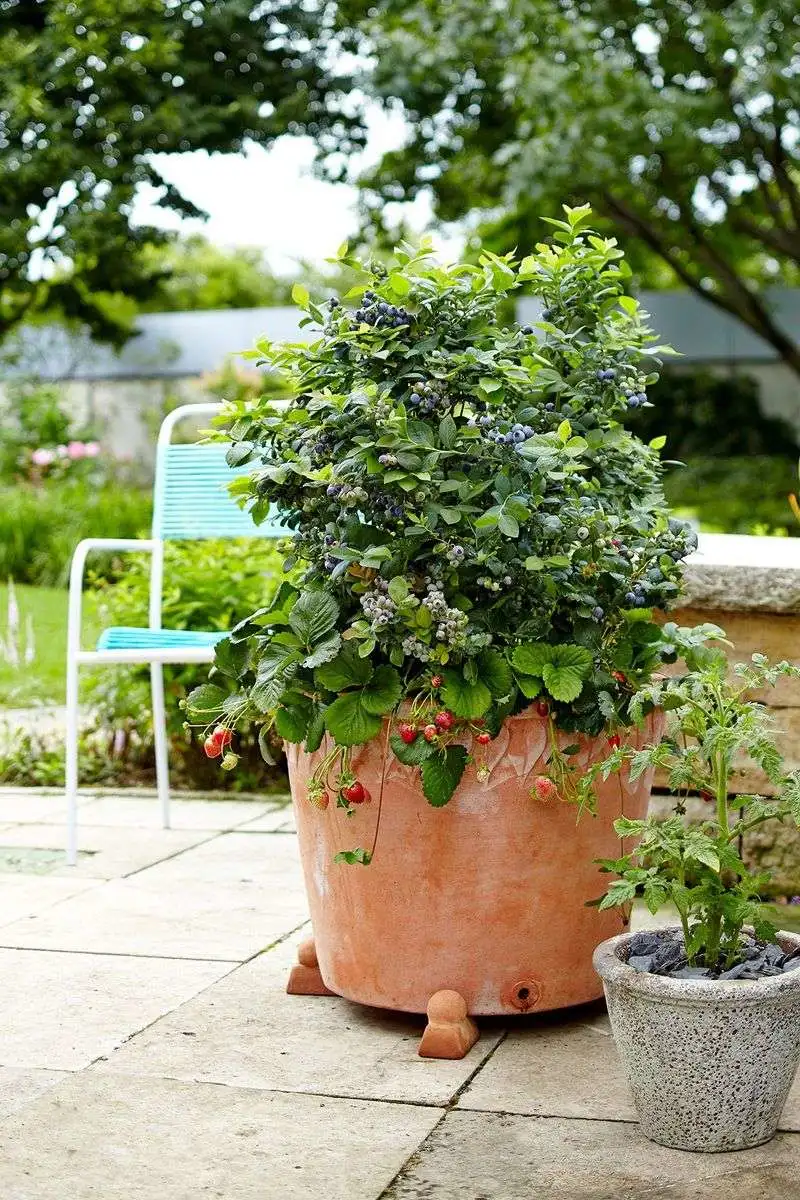
Rotating your raspberry crops helps prevent soil-borne diseases and pest buildup. Avoid planting raspberries in the same spot for consecutive years. Instead, alternate with different crops to break the life cycle of pests and rejuvenate the soil. Planning your garden layout carefully can lead to healthier plants and increased yields. By integrating crop rotation into your gardening routine, you ensure the longevity and productivity of your raspberry plants.
Harvest with Care
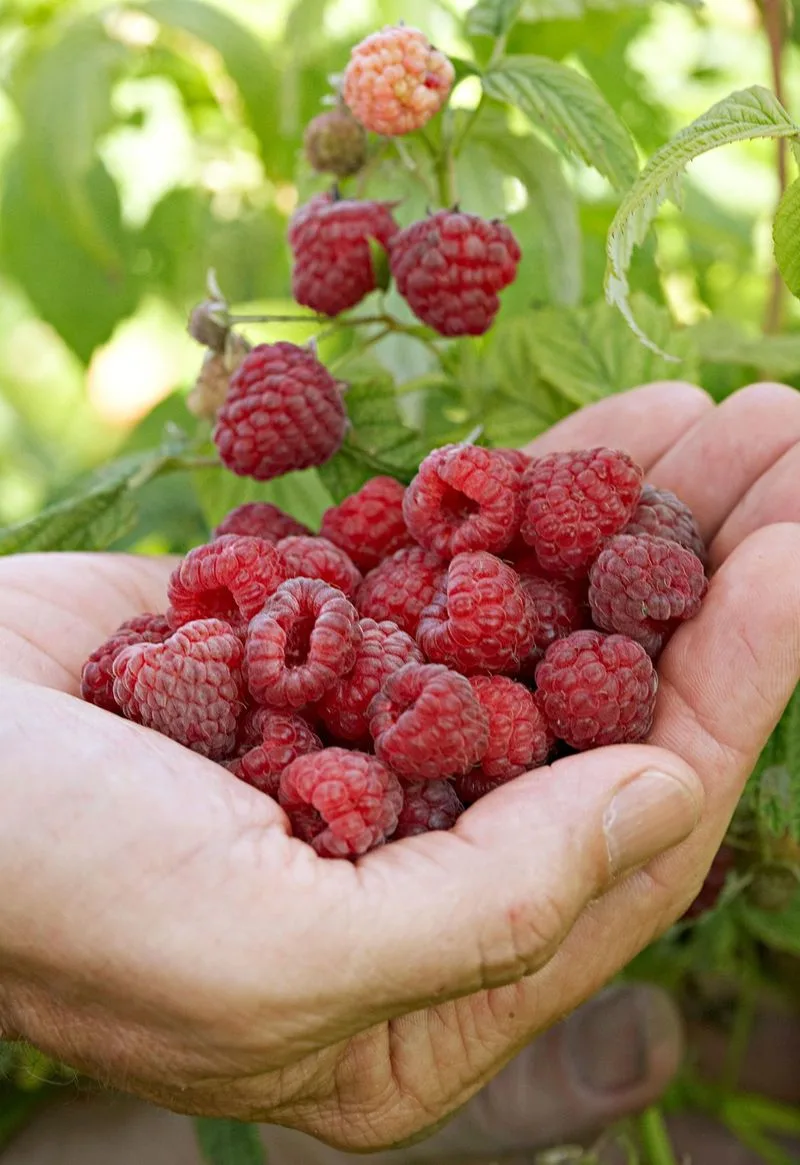
Proper harvesting techniques can extend the life and productivity of your raspberry plants. Pick berries when they are fully ripe and easily detach from the plant. Handle them gently to avoid bruising, which can lead to quicker spoilage. Using a shallow container for harvesting prevents the delicate berries from being crushed. By harvesting with care, you not only enjoy fresh, delicious raspberries but also encourage the plants to continue producing fruit throughout the season.
Winter Protection Strategies
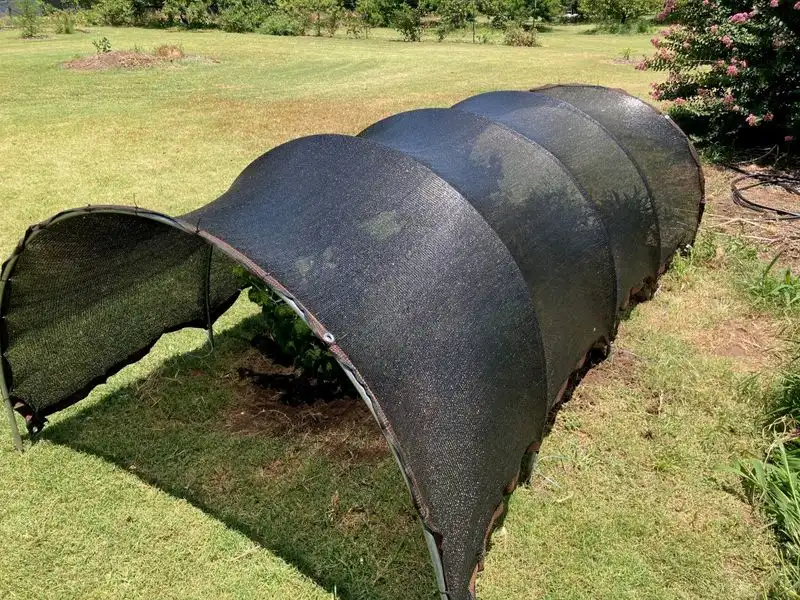
Protecting your raspberry plants during winter ensures their survival and productivity for the next season. Apply mulch around the base to insulate the roots from freezing temperatures. In colder climates, consider using protective coverings like burlap or garden fabric. These strategies shield plants from harsh conditions and minimize damage. By implementing effective winter protection methods, you safeguard the health of your raspberries, preparing them for a successful growing season ahead.

